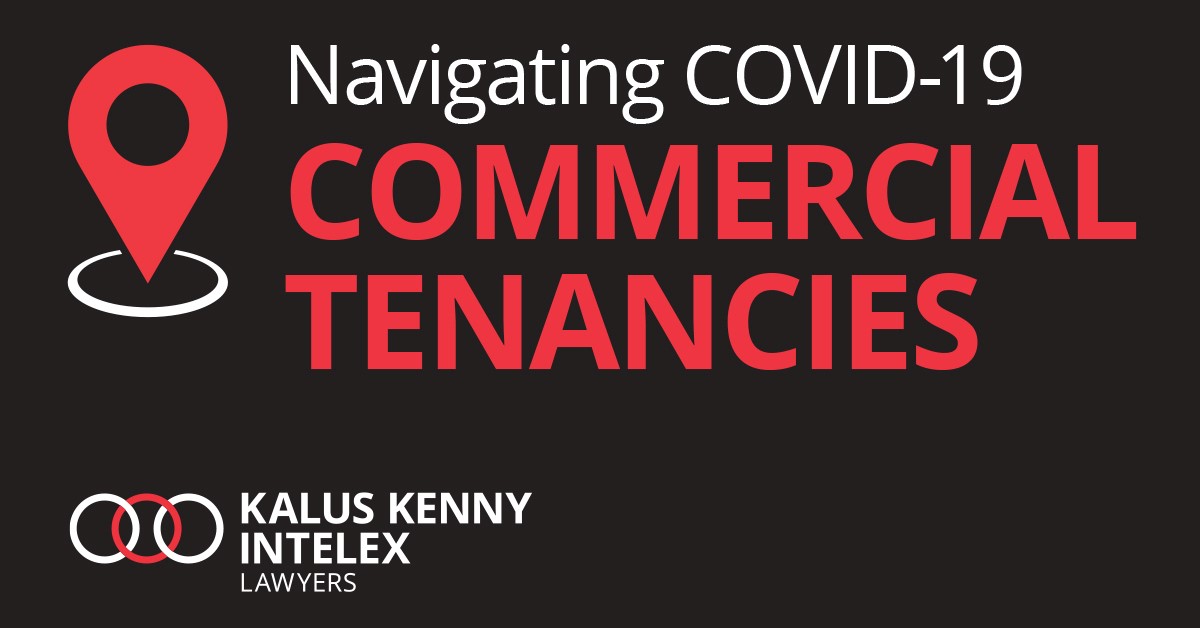Just in the nick of time – the COVID-19 Omnibus (Emergency Measures) (Commercial Leases and Licences) Regulations 2020 have been amended.
The amendments take effect from 29 September 2020.
Some of the most important changes are around the rent relief application requirements (which are now much more prescriptive – see further below) and the fact that the landlord’s offer of rent relief does not need to relate to the whole of the ‘relevant period’ but rather only from the date that the landlord receives a compliant rent relief application from the tenant. It is therefore now critically important that a tenant’s rent relief application is compliant with the statutory requirements from the date the application is made.
Another important change is around how the tenant’s decline in turnover is to be calculated (which is now by reference to the JobKeeper rules and limited to the most recent turnover test period rather than the whole of the ‘relevant period’). This will have adverse consequences for those tenants who suffered a more substantial decline in turnover in certain test periods compared to other test periods.
A summary of the key changes for landlords and tenants to be aware of are as follows:
Duration of Commercial Tenancy Relief Scheme
The Scheme has been extended to 31 December 2020.
Moratorium extended to outgoings
A landlord is now also prevented from terminating an eligible lease for non-payment of outgoings.
Changes to rent relief application requirements
- The tenant’s rent relief application must set out the decline in turnover associated with the premises only (and not other premises).
- The decline in turnover test is now determined by reference to the JobKeeper rules (namely, the tenant’s most recent decline in turnover test period rather than the whole of the relevant period).
- The JobKeeper evidentiary requirements that must accompany an application for rent relief are now more specific and must include (a) the tenant’s JobKeeper receipt number and (b) a copy of the tenant’s most recent notice under the JobKeeper rules to the ATO.
- Information evidencing the tenant’s stated decline in turnover must now accompany the rent relief application and must include at least one of:
-
- Extracts from tenant’s accounting records;
- The tenant’s business activities statements relating to the relevant turnover test period;
- Statements issued by an ADI in respect of the tenant’s account; or
- A statement prepared by a practising accountant.
Rent relief offer consideration factors
- A landlord is only obligated to offer rent relief from the date of the tenant’s rent relief request until 31 December 2020.
- The rent relief must be, at a minimum, proportional to the tenant’s decline in turnover associated with the premises only.
- A landlord’s offer of rent relief can no longer take into account the landlord’s financial ability to offer relief.
- If the lease is a gross lease, the rent relief must be offered in respect of the rent payable inclusive of outgoings.
Ability to re-negotiate rent relief
A tenant can now re-negotiate rent relief if the rent relief previously agreed:
- was made prior to 29 September 2020 and was not proportionate to the tenant’s decline in turnover; or
- did not apply to the whole of the period starting on the date of the tenant’s request for relief and ending on 31 December 2020.
Binding Order provisions
The Small Business Commission can now make a binding order in circumstances where the mediation has failed or is unlikely to resolve the rent relief dispute.




